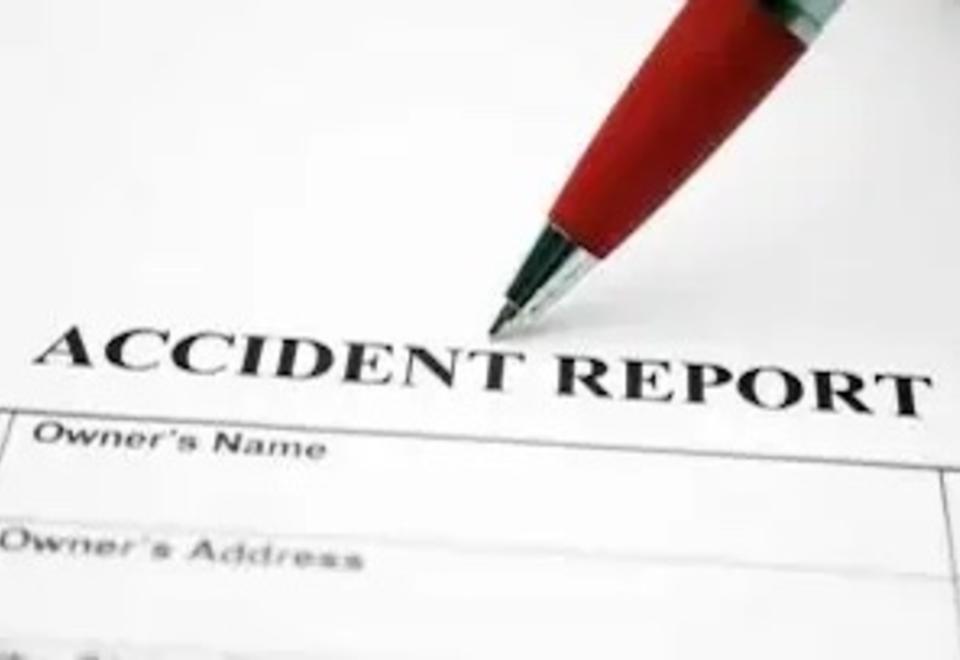Accidents, Injuries & Emergencies
Accidents, Injuries & Emergencies

This accident report form (ART form) is for all employees accidents, including student employees. Please see below for more details.
Non-employee accidents, injuries, and incidents (fires, hazardous material spills/releases, indoor air quality issues, etc.).
Employee Reporting Accidents & Injuries
Employee Accidents & Injuries must be reported and filed with both Human Resources and Environmental Health and Safety within 24 hours. Please follow the steps below.
- Fill out the Human Resources Accident Report & Treatment Form. This includes Workers Compensation information. The ART Form's second page is the Supervisors Accident Investigation Report. This should be filled out for all accidents.
- Please send the ART Form to JoAnn O'Beirne in Human Resources and the Environmental Health and Safety office.
Contacts:
JoAnne O'Beirne, jobeirne@wellesley.edu, phone x2231, Fax x3663
EHS Office, ehs-staff@wellesley.edu, phone x3882
Medical Care
Employees (including student employees)
Beth Israel Deaconess Needham (information provided below) or your primary care physician
Occupational Health Services
300 Chestnut Street, Suite 800
Needham, MA 02492
Phone: 781-453-8440
Occupational Health Services
Students
Contact Wellesley College Health Services.
Incident and Emergency Information
Laboratory Spills
In the event of a hazardous material release, take the following actions:
Minor Chemical Spill – a small spill (e.g., <1 Liter) in your immediate work area that does not pose a significant risk of harm. Spill kits are provided in many work areas for minor chemical spills. Make sure you are familiar with the location of the nearest spill kit.
- Alert people in the immediate area of a spill.
- If you clean up the spill, be sure to use the appropriate Personal Protective Equipment (PPE), such as safety goggles, gloves and long-sleeved lab coats.
- Confine spill to a small area by circling the spill with absorbent and work inward. Use the appropriate kit to neutralize and absorb inorganic acids and bases.
- Collect residue and place in a container, label and dispose of as chemical waste. Check with your supervisor or EHS if it should be managed as a hazardous waste.
For more in-depth instructions, consult this step-by-step guide.
Major Chemical Spill - 1 Liter or Greater (and likely to produce a harmful concentration in the air)
- Attend to injured or contaminated persons and remove them from exposure.
- Alert people in the immediate area to evacuate.
- If spilled material is flammable, turn off ignition and heat sources if you can do so without putting yourself at risk.
- Close the door(s) to isolate the area.
- Call Campus Police at x 5555 from a safe location.
- Campus Police will contact EHS who will secure a trained clean up crew to manage and dispose of spilled material.
The American Chemical Society Guide for Chemical Spill Response planning in labs
Hazardous Material Release (Chemicals, Biologicals, Oils, etc.)
Small spills can be cleaned up by the user if prepared, trained and spill response equipment is readily available.
- Evaluate the situation (including a review of the SDS)
- Notify manager/supervisor
- Secure the area
- Control and contain spill
- Clean up
- Decontaminate
- Ensure proper disposal of spill material
For large spills, unknown materials, or extremely hazardous materials, immediately secure & post the area. Contact Campus Police 24/7 at x5555 and or EHS at x3882 during work hours.
Large spills may require reporting to local, state or federal agencies. Contact EHS at x3882 to ensure proper reporting.
